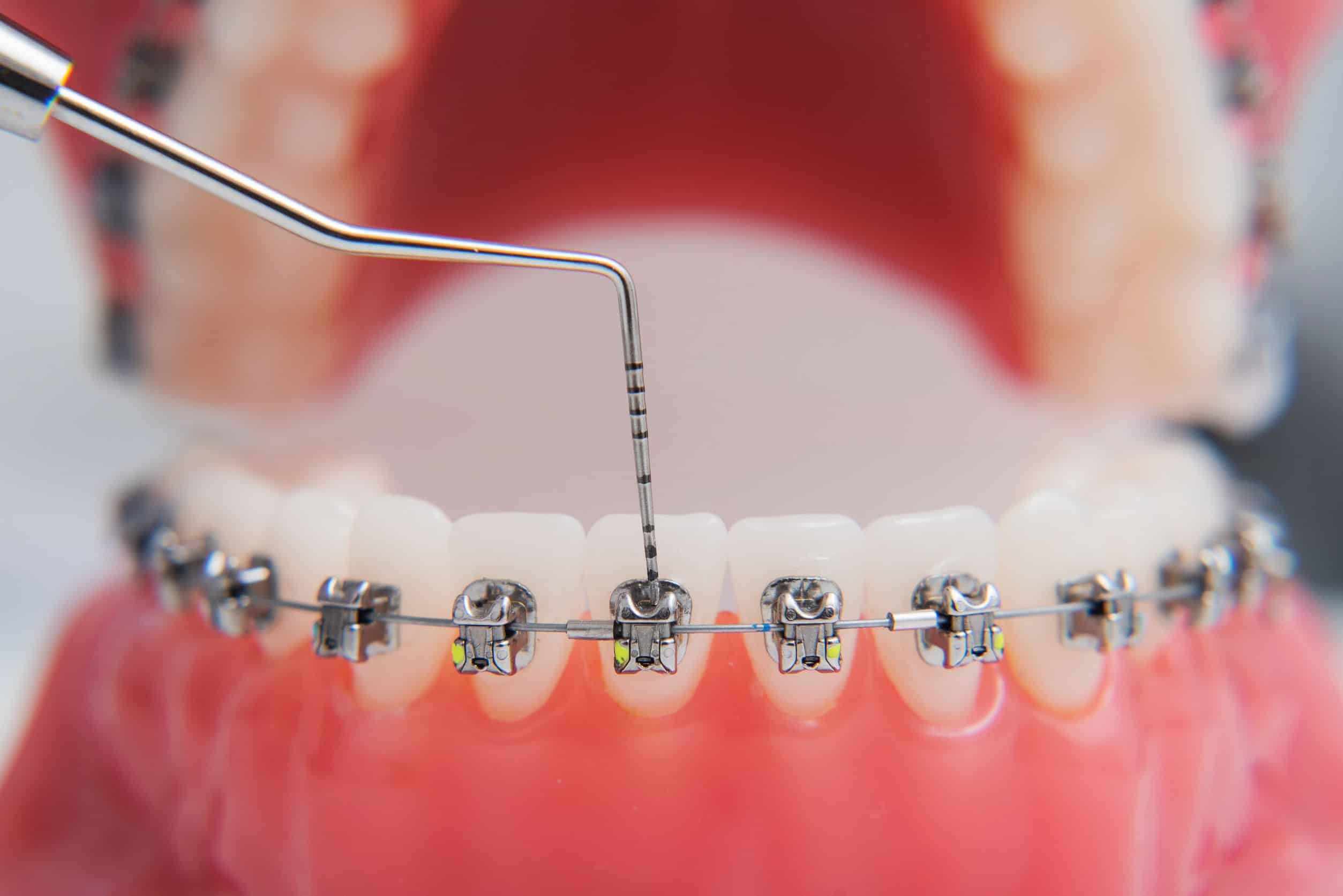The Facts About Legacy Orthodontics Revealed
Table of ContentsSome Ideas on Legacy Orthodontics You Need To KnowLegacy Orthodontics for DummiesThe Ultimate Guide To Legacy OrthodonticsThe Best Guide To Legacy OrthodonticsLegacy Orthodontics Things To Know Before You Get This
At Advanced Orthodontics, we give patients with a all natural therapy experience. Furthermore, we offer adjustable treatment schedules, flexible settlement alternatives and a fun, delightful experience. braces. Telephone call ( 480) 357-4900 today for more details and timetable an appointment.An orthodontist is a dental professional educated to identify, protect against, and treat teeth and jaw abnormalities. Orthodontists function with people of all ages, from children to adults.
Malocclusion, or misaligned teeth, can lead to oral problems, consisting of dental cavity, gum tissue illness, and tough or agonizing eating. However not every person is birthed with straight teeth. If you have a bad bite or large spaces between your teeth, you might intend to speak with a dental practitioner specializing in orthodontic care.
The Ultimate Guide To Legacy Orthodontics
( Image Credit Scores: DigitalVision/Getty Images) Orthodontists use repaired and detachable dental tools, like dental braces, retainers, and bands, to transform the placement of teeth in your mouth. Orthodontic therapy is for oral irregularities, including: Crooked teethBite troubles, like an overbite or an underbiteCrowded teeth or teeth that are also far apartJaw misalignmentThe goal of orthodontic treatment is to boost your bite.
A healthy and balanced bite guarantees you can eat, chew, and speak properly. While you may consider orthodontists as mostly for kids or teens who require dental braces, they can fix dental issues at any kind of age. Orthodontists participate in university, dental college, and orthodontic college. After college graduation, they invest 2 or 3 years in an orthodontic residency program.
, but not all dentists are orthodontists. They focus on two locations: Exactly how to effectively and safely move teeth Just how to appropriately lead growth in the teeth, jaw, and faceOnce an orthodontist has actually completed training, they have the alternative to come to be board certified.
The Main Principles Of Legacy Orthodontics
Malocclusion leads to tooth overcrowding, an irregular jaw, or uneven bite patterns. Malocclusion is typically treated with: Your orthodontist attaches steel, ceramic, or plastic square bonds to your teeth.
Some people require a headgear to aid relocate teeth into line with stress from outside the mouth. A retainer is a personalized tool that keeps your teeth in location.
They're frequently used on kids. They can develop extra space in the mouth without needing to pull teeth. If you have a serious underbite or overbite, you may require orthognathic surgical treatment (additionally called orthodontic surgical procedure) to lengthen or shorten your jaw. Orthodontists make use of cables, surgical screws, or plates to support your jaw bone.
You may require to see an orthodontist if you have: Crowding or not sufficient space for every one of your teethOverbite, when your upper teeth come over your bottom teethUnderbite, when your bottom teeth are too much forwardSpacing or concerns with gapsCrossbite, which is when your upper teeth fit behind your base teeth when your mouth is closedOpen bite or a vertical void in between your front base and upper teethMisplaced midline, when the center of your bottom and upper teeth don't align Correcting a dental malocclusion can: Make biting, eating, and speaking easierImprove the proportion of our face and your general appearanceEase pain from temporomandibular joint conditionsDifferent your teeth and make them easier to clean up, helping avoid dental caries or dental caries It's typically a dentist that initially notices misaligned teeth during a routine exam.
The 3-Minute Rule for Legacy Orthodontics

Throughout your very first orthodontic examination, you'll likely have: An oral examPhotos taken of your face and smileDental X-raysPanoramic (360 degree) X-rays of your face and headImpressions to create mold and mildews of your teethThese tests will certainly assist your orthodontist know exactly how to wage your therapy. orthodontist. An orthodontist is a dentist that's had training to treat your teeth and jaw
Orthodontists might carry out surgical treatment, exams,X-rays,and even more to help you achieve an extra comfy, healthier smile. An orthodontist is concentrated on your bite, so something like a damaged tooth would be handled by a dentist. Orthodontists are dental practitioners but not all dental practitioners are orthodontists. Orthodontists are focused on your bite, or the means your teeth meshed, and the straightness of your teeth.
Ever before wondered exactly how celebs always appear to have completely lined up teeth? The solution typically depends on the experienced hands of an orthodontist. However just what does an orthodontist do? Orthodontists are dental professionals who concentrate on fixing irregularities in the teeth and jaws. Their competence exceeds simply developing a gorgeous smile; it reaches boosting your total dental health and function.
The Best Guide To Legacy Orthodontics

While dental braces are the most commonly identified orthodontic therapy, orthodontists have a varied toolkit at their disposal. The particular strategy chosen relies on the severity more info here of the situation, the patient's age, and private choices. These tried-and-true braces make use of a system of brackets bound to the teeth and attached by wires.
These removable trays are personalized to progressively shift the teeth's setting. In cases of slim jaws, palatal expanders can be used to create space for proper tooth alignment.